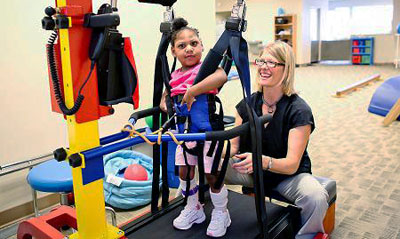[btn]By Gerald Schwartzberg, M.D.[/btn]
Although monsoon storms can provide a break from the monotony of summer’s 110-degree-plus days, the monsoons bring something along with them: dust.
While the aftermath of a so-called “haboob” can be inconvenient—filthy cars, pools and patios—it’s also potentially harmful. Not only can dust exacerbate asthma and other chronic pulmonary conditions, it also can carry coccidioides immitis, a soil-dwelling fungus that can cause Valley Fever. Unsuspecting individuals inhale the fungal spores into their lungs and contract the Valley Fever infection.
According to the Centers for Disease Control and Prevention, more than 16,000 reported cases of Valley Fever were documented in 2010, most of them in Arizona and California. Valley Fever is more commonly found in arid regions, notably the southwestern United States, Mexico and South America.
Valley Fever symptoms can vary from person to person, which may make it difficult to diagnose. You may have fever, chills, fatigue, cough and headache. You also may experience rashes, chest pain, joint aches, shortness of breath and nausea. Symptoms typically last for up to four weeks.
Milder cases of Valley Fever commonly resolve on their own, but more severe infections require antifungal treatments by a doctor. Those with weakened immune systems are more likely to develop a serious case of Valley Fever if infected, and should be monitored by their doctors to avoid potentially dangerous complications from the illness.
There is no cure for Valley Fever. Once you contract the infection, it remains in your system for life. The fungus lies dormant but may reactivate years later.
Although it’s impossible to avoid coccidioides immitis completely, take these precautions to minimize potential exposure to the fungus:
• During a dust storm, avoid outdoor activities, such as swimming, running or biking. Go inside.
• If you’re in a car when a dust storm strikes, roll up the windows and keep the vents closed to avoid directly breathing the dust.
• Indoors, you can improve the quality of the air you breathe by installing HEPA filters.
If you begin to experience symptoms that you suspect may be Valley Fever, see your doctor.










































